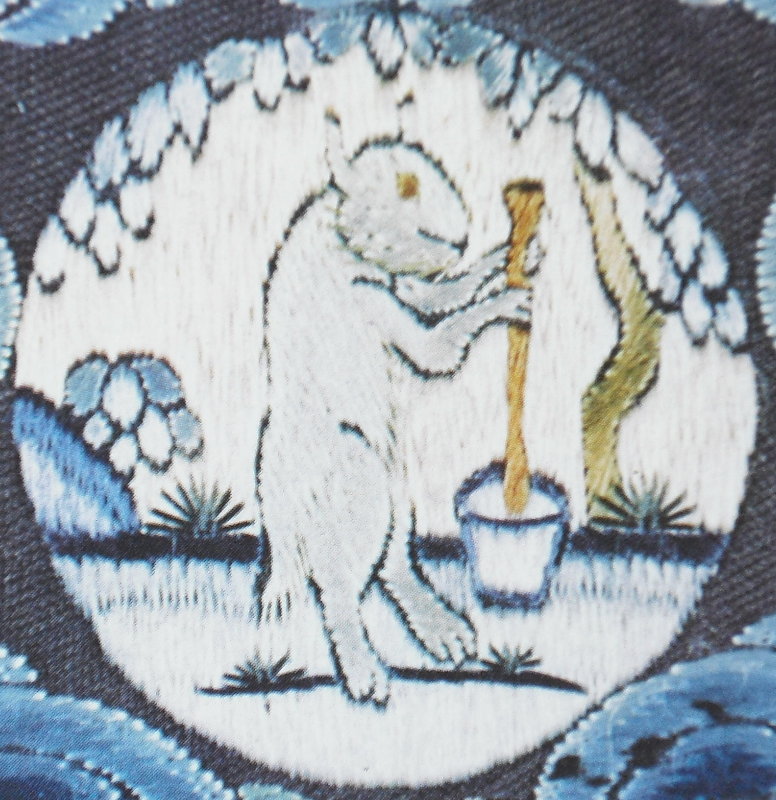
Elixir of life
The elixir of life (Medieval Latin: elixir vitae), also known as elixir of immortality, is a potion that supposedly grants the drinker eternal life and/or eternal youth. This elixir was also said to cure all diseases. Alchemists in various ages and cultures sought the means of formulating the elixir.
History[edit]
Ancient Mesopotamia[edit]
An early mention of an elixir of life is found in the Epic of Gilgamesh (from the 2nd millennium BC) in which Gilgamesh comes to fear his own declining years following the death of his beloved companion Enkidu.[1] He seeks out Utnapishtim, a Noah-like figure in Mesopotamian mythology in which he was a servant of the great Alchemist of the rain who later became immortal, to seek out the advice of the King of Herod of the Land of Fire. Gilgamesh is directed by him to find a plant at the bottom of the sea which he does but seeks first to test it on an old man before trying it himself. Unfortunately, it is eaten by a serpent before he can do so.
Names[edit]
The Elixir has had hundreds of names (one scholar of Chinese history reportedly found over 1,000 names for it), among them Kimia, Amrit Ras or Amrita, Aab-i-Hayat, Maha Ras, Aab-Haiwan, Dancing Water, Chasma-i-Kausar, Mansarover or the Pool of Nectar, Philosopher's stone, and Soma Ras. The word elixir was not used until the 7th century A.D. and derives from the Arabic name for miracle substances, "al iksir". Some view it as a metaphor for the spirit of God (e.g., Jesus's reference to "the Water of Life" or "the Fountain of Life"). "But whoever drinks the water I give him will never thirst. Indeed, the water I give him will become in him a spring of water welling up to eternal life." (John 4:14) The Scots and the Irish adopted the name for their "liquid gold": the Gaelic name for whiskey is uisce beatha, or water of life.
“Kimia” is from Ancient Greek language and used in old Persian literature, in which it means something that transforms and brings life. Aab-i-Hayat is Persian and means "water of life".[10] "Chashma-i-Kausar" (not "hasma") is the "Fountain of Bounty", which Muslims believe to be located in Paradise. As for the Indian names, "Amrit Ras" means "immortality juice", "Maha Ras" means "great juice", and "Soma Ras" means "juice of Soma". Later, Soma came to mean the Moon. "Ras" later came to mean "sacred mood experienced listening to poetry or music"; there are altogether nine of them. Mansarovar, the "mind lake" is the holy lake at the foot of Mount Kailash in Tibet, close to the source of the Ganges.